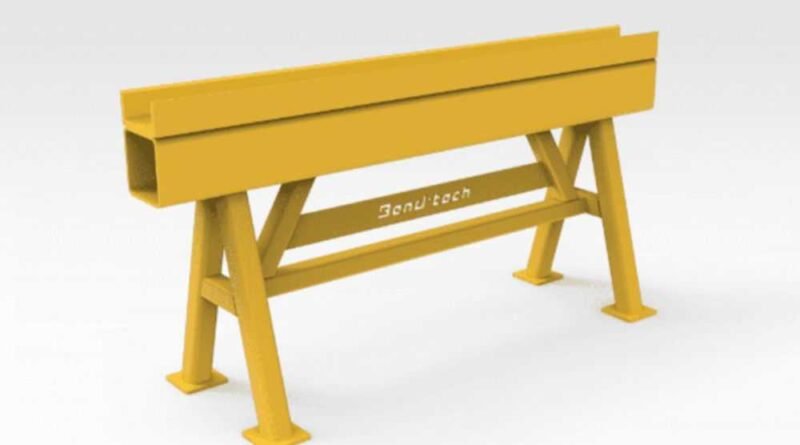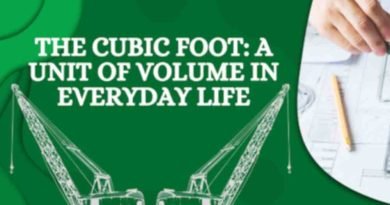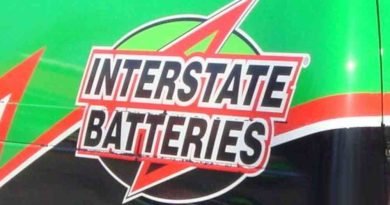Understanding the Uses and Applications of Heavy Duty Steel Trestles
In the realm of construction and industrial projects, having the right equipment is paramount to ensuring efficiency, safety, and the successful completion of tasks. Heavy-duty steel trestles, as highlighted in Bendtech Group’s guide on heavy duty steel trestle applications, are among the unsung heroes in this landscape, providing robust support for a variety of applications. If you’re curious about the versatility and practical applications of heavy-duty steel trestles, you’re in the right place.
What Is a Heavy Duty Steel Trestle?
Before delving into the myriad applications, it’s crucial to understand what heavy-duty steel trestles are and why they are a staple in many industrial settings. Essentially, a heavy-duty steel trestle is a robust and durable structure designed to support heavy loads. Constructed from high-quality steel, these trestles are engineered to withstand considerable weight and provide a stable platform for various activities.
Key Features of Heavy Duty Steel Trestles:
1. Sturdiness:
Heavy-duty steel trestles boast unparalleled strength and durability, thanks to the utilization of high-quality steel. This robust construction allows them to withstand substantial loads while maintaining unwavering stability. Their exceptional load-bearing capacity makes them indispensable in various industrial and construction settings, ensuring a reliable foundation for demanding tasks.
2. Adjustability:
A notable feature of many heavy-duty steel trestles is their adjustable height settings, adding a layer of adaptability to accommodate diverse tasks and environments. This versatile characteristic broadens their range of applications, making them suitable for various projects where flexibility in elevation is essential.
3. Portability:
Despite their robust construction, heavy-duty steel trestles are frequently engineered with portability in mind. This design feature enables effortless transportation and repositioning on job sites, contributing to the flexibility of their usage.
4. Versatility:
Heavy-duty steel trestles find wide-ranging applications across various industries, including construction, maintenance, painting, and welding. Their versatility renders them indispensable in settings where a dependable and adjustable support structure is essential for the successful execution of diverse tasks.
Applications in Construction
One of the primary applications of heavy-duty steel trestles is in the construction industry. These versatile structures serve a multitude of purposes, contributing to the efficiency and safety of construction projects.
1. Scaffolding Support:
Heavy-duty steel trestles are commonly used as a foundational support for scaffolding systems. Their robust construction ensures the stability of the scaffolding, providing a secure platform for workers to perform tasks at different heights. The adjustable height feature of these trestles allows for customization according to the specific requirements of the construction site.
2. Formwork Support:
During concrete casting and construction, heavy-duty steel trestles play a crucial role in supporting formwork. Formwork, which molds and shapes concrete structures, requires a strong and stable base, and these trestles offer the necessary support for such applications. The ability to adjust their height makes them adaptable to various formwork configurations.
3. Temporary Structures:
Construction sites often require the creation of temporary structures for storage, workspaces, or equipment support. Heavy-duty steel trestles are ideal for such applications, providing a reliable and customizable foundation for these temporary structures. Their portability adds to their convenience in dynamic construction environments.
Applications in Maintenance and Repairs

Beyond construction, heavy-duty steel trestles find valuable applications in maintenance and repair activities across different industries.
1. Equipment Maintenance:
Heavy machinery and equipment, requiring regular maintenance that involves accessing elevated parts, benefit significantly from the use of heavy-duty steel trestles. These trestles serve as stable and secure platforms for maintenance tasks, enabling technicians to work comfortably and safely at elevated heights. The robust construction of heavy-duty steel trestles ensures a reliable support structure, enhancing efficiency and safety during maintenance activities on heavy machinery and equipment.
2. Vehicle Repairs:
In automotive workshops and garages, heavy-duty steel trestles play a crucial role in vehicle maintenance and repair tasks. Whether it’s changing oil, inspecting the undercarriage, or performing repairs, these trestles provide a reliable support structure for mechanics to carry out their tasks efficiently. The sturdy and stable nature of heavy-duty steel trestles ensures a safe working environment, allowing mechanics to access different parts of vehicles with confidence and precision.
Applications in Painting and Welding
Heavy-duty steel trestles are indispensable tools in the realms of painting and welding, where stability and precision are paramount.
1. Painting Projects:
When undertaking large-scale painting projects, such as painting walls or structures, heavy-duty steel trestles serve as elevated platforms for painters. The adjustable height feature allows painters to access different areas with ease, ensuring a consistent and high-quality finish.
2. Welding Stations:
Welding requires a stable platform to ensure precise and secure jointing. Heavy-duty steel trestles provide the necessary stability for welding stations, supporting both the welder and the materials being worked on. The robust construction of these trestles ensures safety during welding operations.
Final Thoughts
Heavy-duty steel trestles are versatile and invaluable tools across a spectrum of industries. From providing support in construction projects to facilitating maintenance, repairs, painting, and welding tasks, these trestles contribute significantly to the efficiency and safety of various applications. Their robustness, adjustability, portability, and versatility make them a staple in the toolkit of professionals working in diverse fields.





